Music by Anthony L. Sanchez (b. 1988)
(Features musical quotation from musica jíbara from Puerto Rico)
Photo by Preillumination SeTh on Unsplash:
unsplash.com/photos/a-couple-of-people-that-are-dancing-together-fzpStAs_6Cc?utm_content=creditShareLink&utm_medium=referral&utm_source=unsplash
Photo and music synchronized with YouCut: play.google.com/store/apps/details?id=com.camerasideas.trimmer&pli=1
Score and parts available now on Patreon: www.patreon.com/posts/isabela-te-2018-97572300
Program Notes:
I began writing this short tango around the latter half of 2018 and revised the work this year. The "Isabela" denoted in the title does not specifically refer to a person, but to a place: Isabela, Puerto Rico. It was there that I lectured in 2018 at the annual Isabela Tango Fest, which explores the connections between the music cultures from Argentina and Puerto Rico. "Isabela, te recuerdo" functions as a reflective chamber piece that combines the Argentinian tango and with Puerto Rican folk music elements. The leading melody can either be performed with a Puerto Rican cuatro plucked string instrument or a bandoneon (The playback recording through MuseScore 4 features a "Bandoneon," withinstead of a Puerto Rican cuatro because the latter instrument is not listed in the music notation software). I also apply and quote the "Seis Tango" melody from Puerto Rican música jíbara in the "B" section of the piece as a juxtaposition between the cuatro (or bandoneon) and left-hand bass in the piano.
Disclaimer: Some of the sound fonts in the playback recording are limited and may come off as slightly awkward due to the "MS Basic" audio quality for certain instruments.
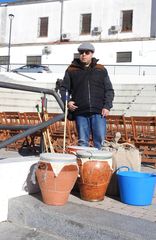
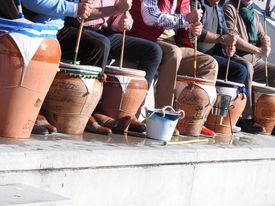
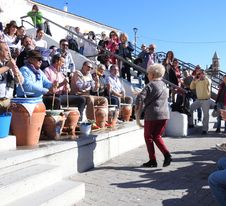
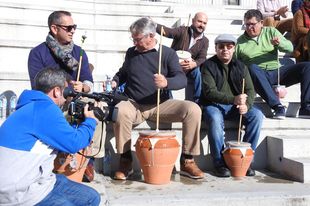
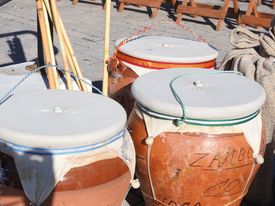
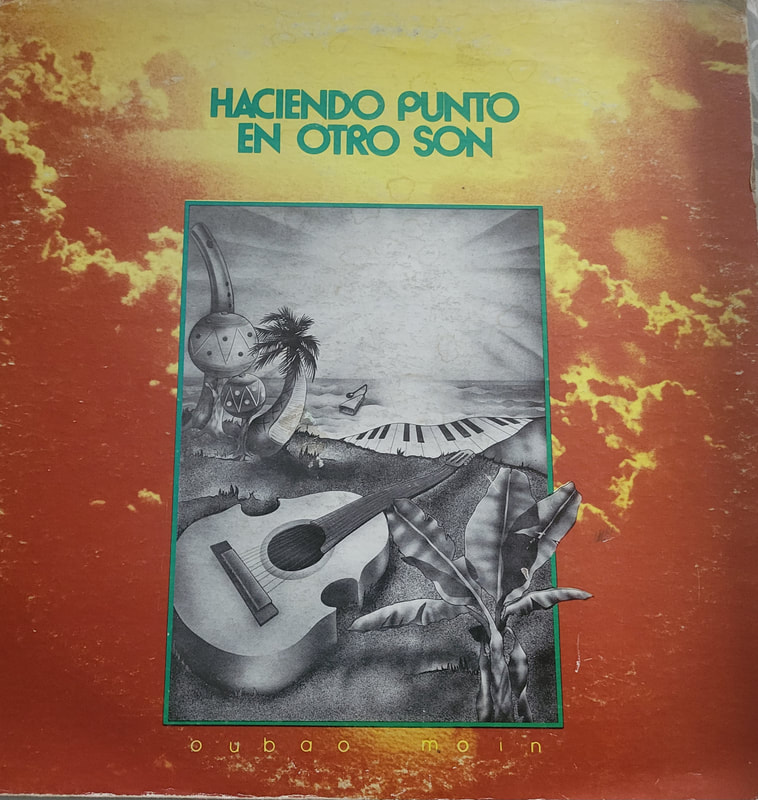
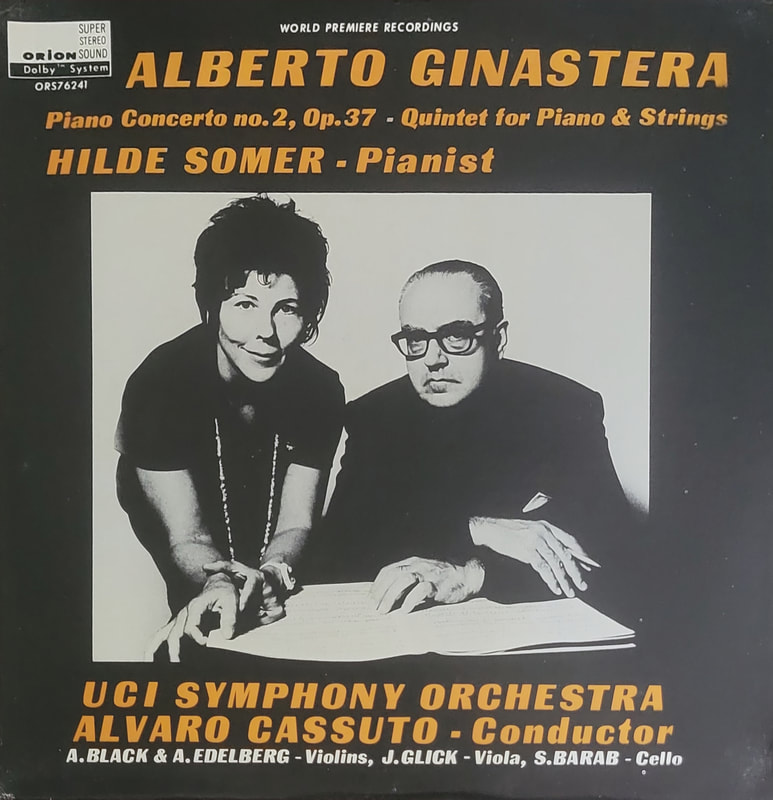
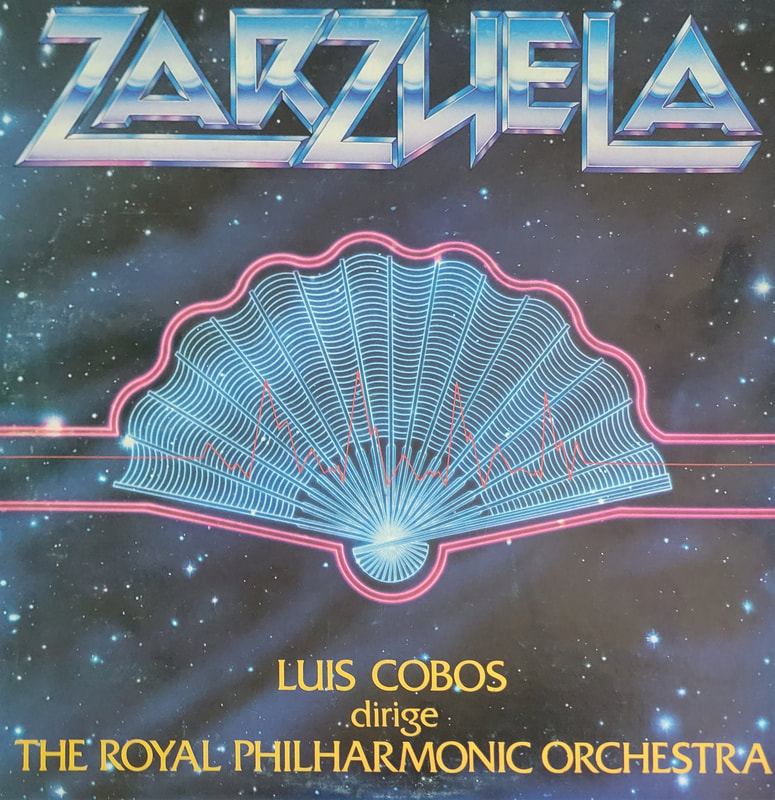
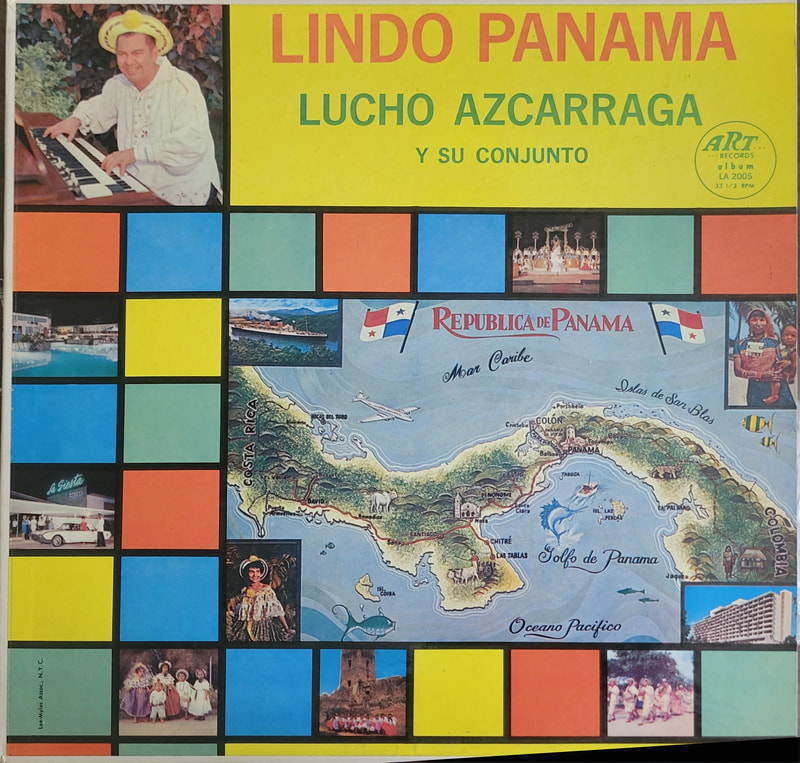
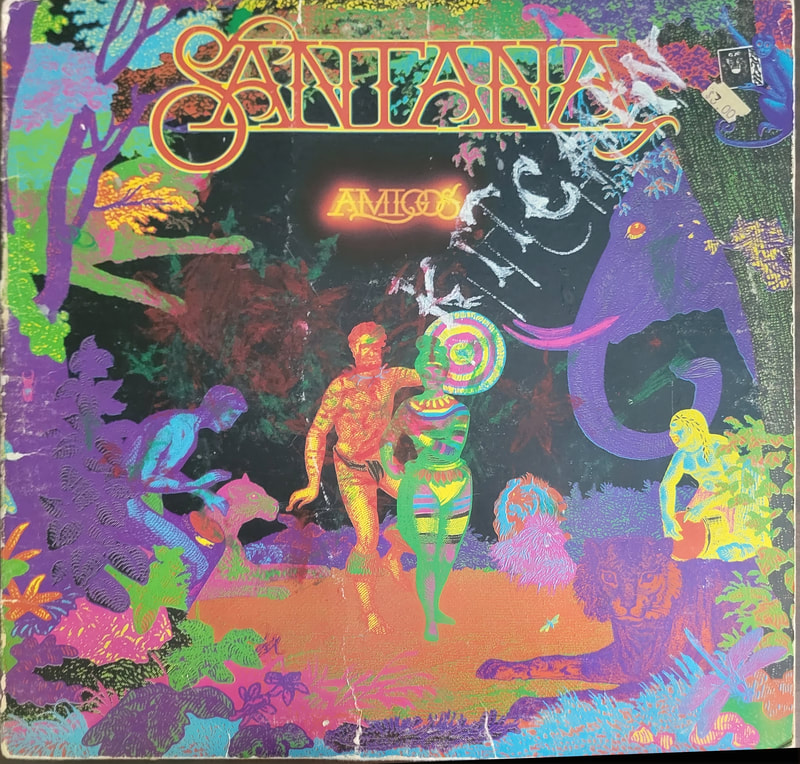
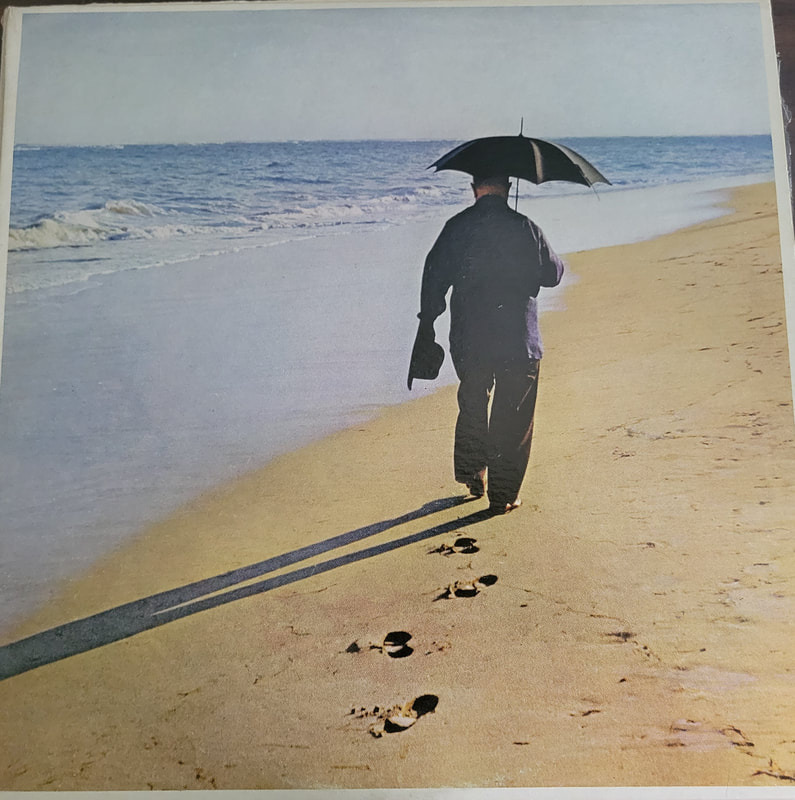
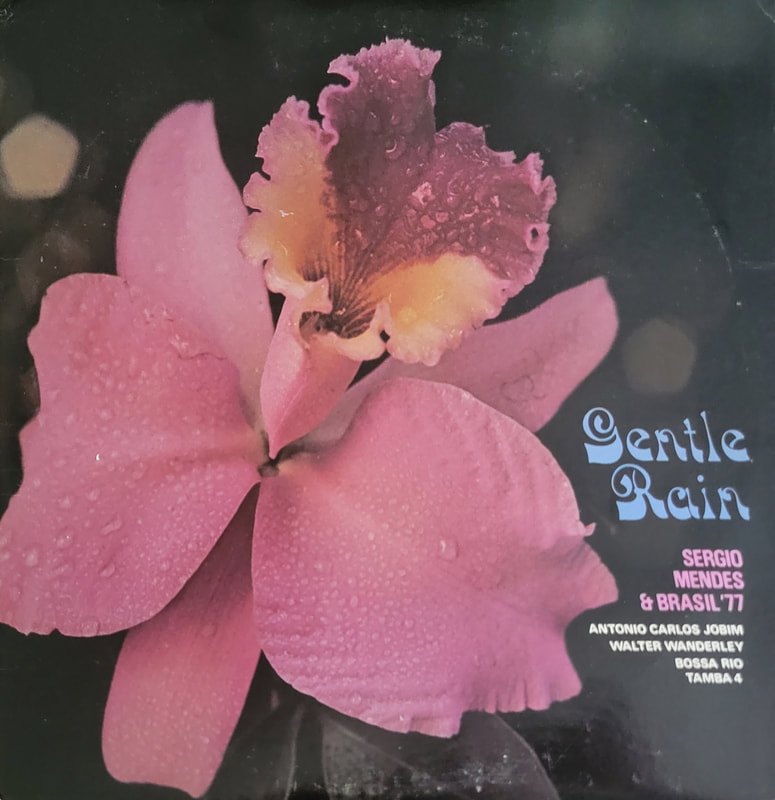
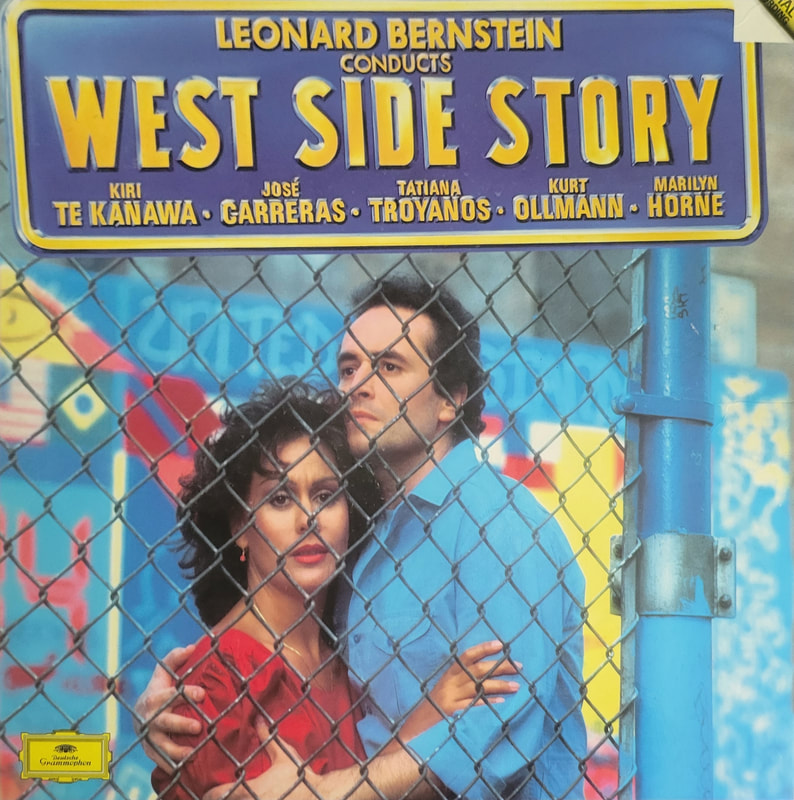
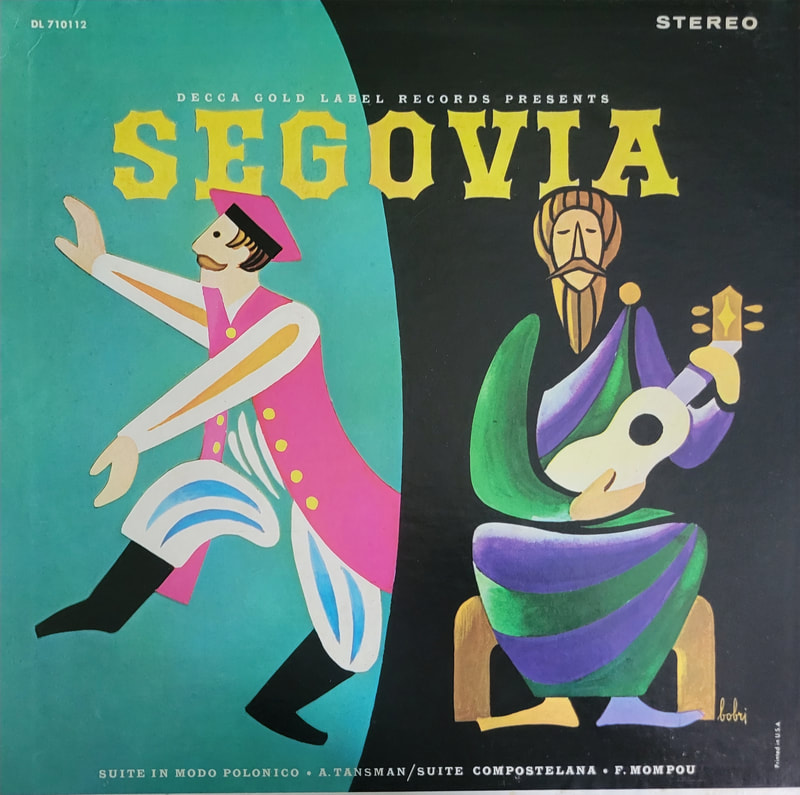
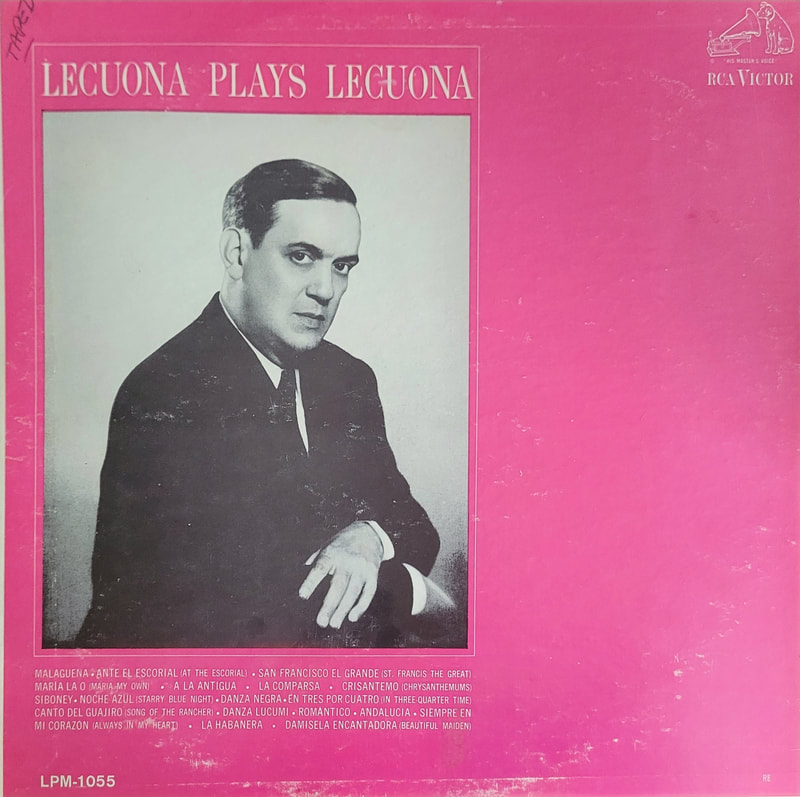
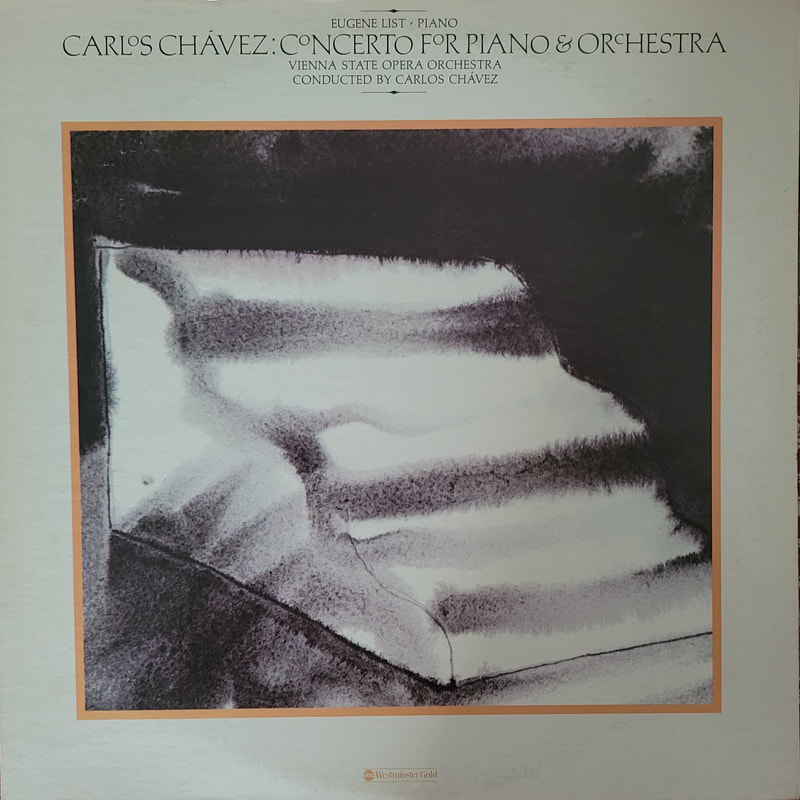
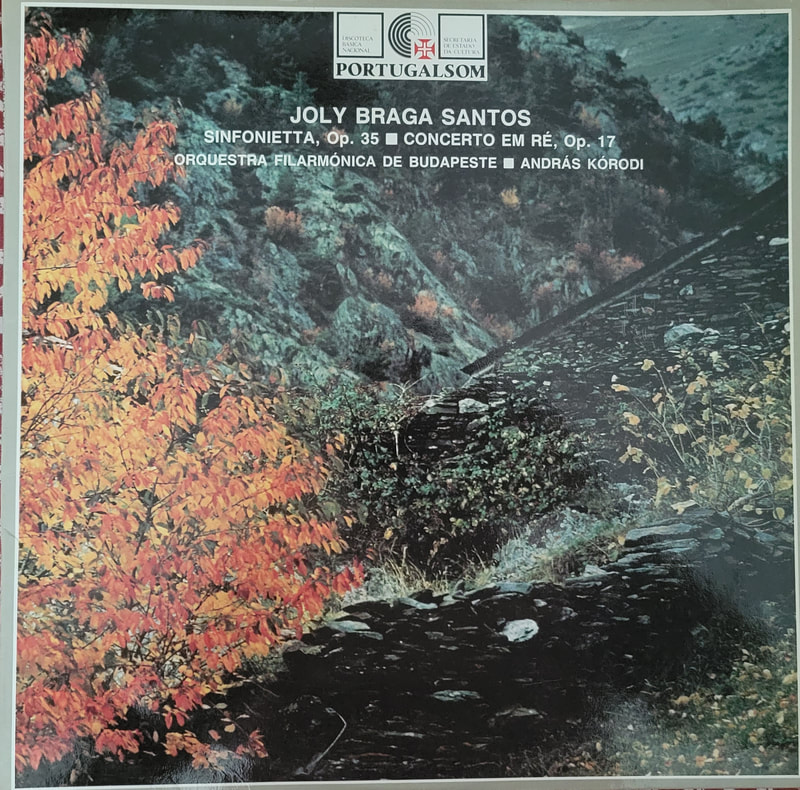
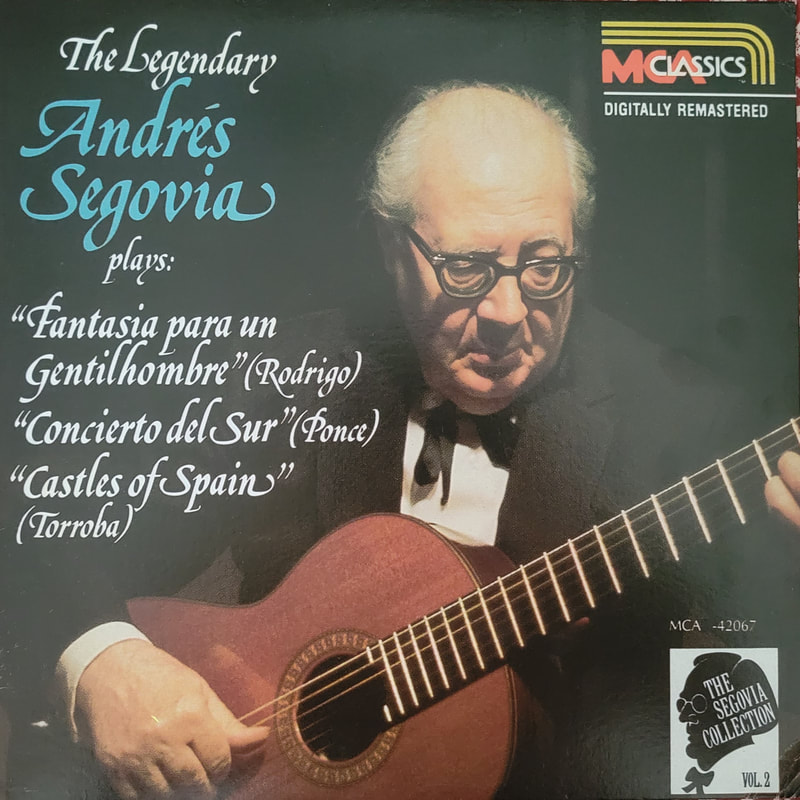
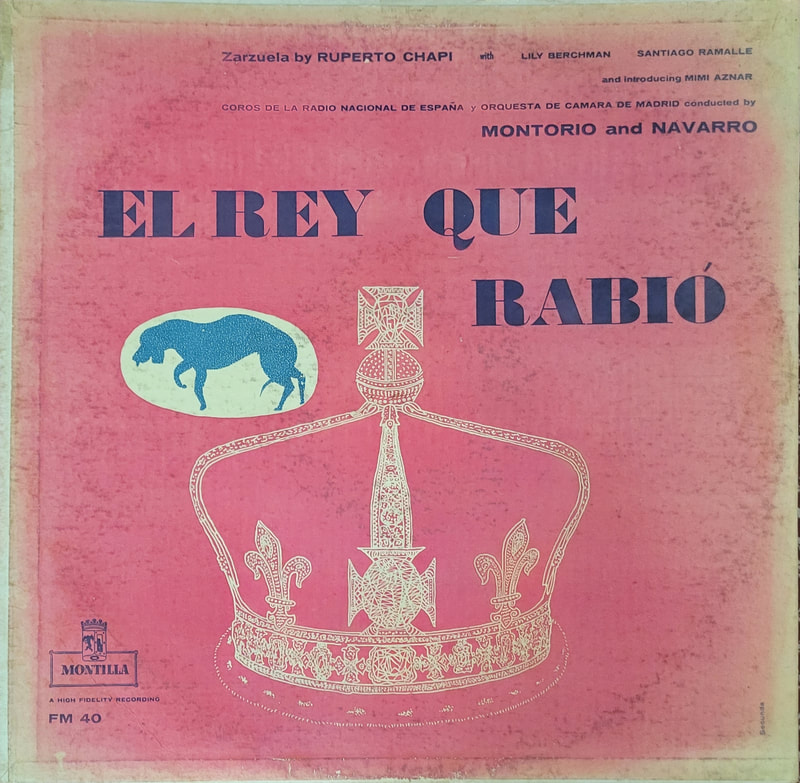
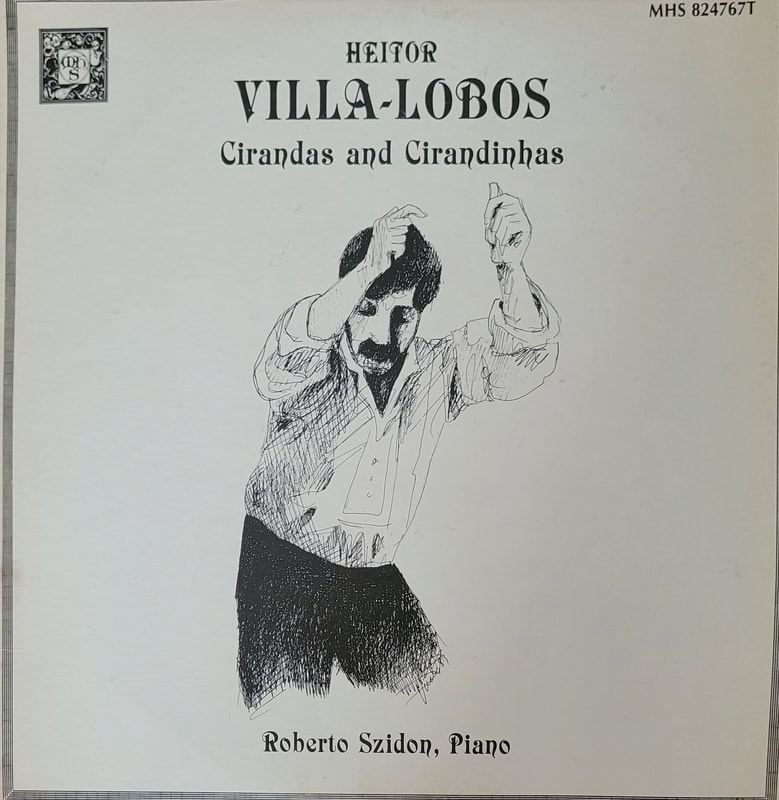

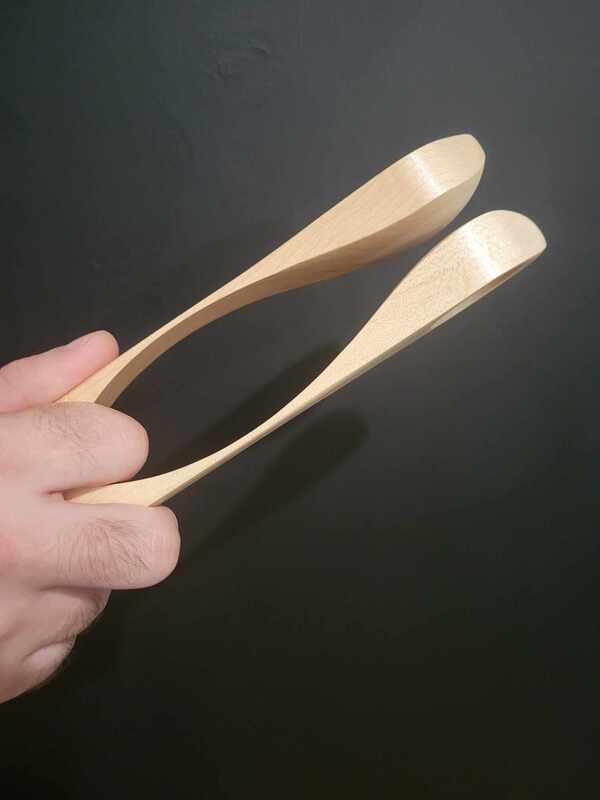



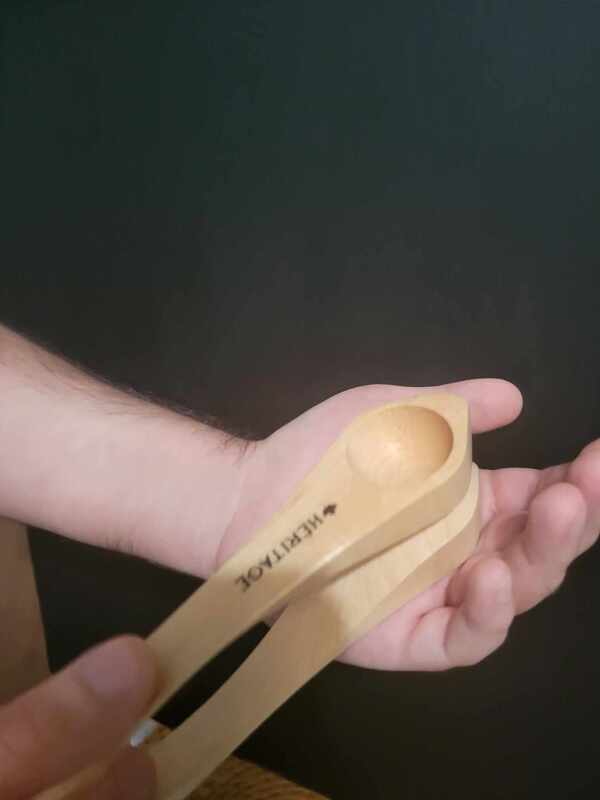



 RSS Feed
RSS Feed
